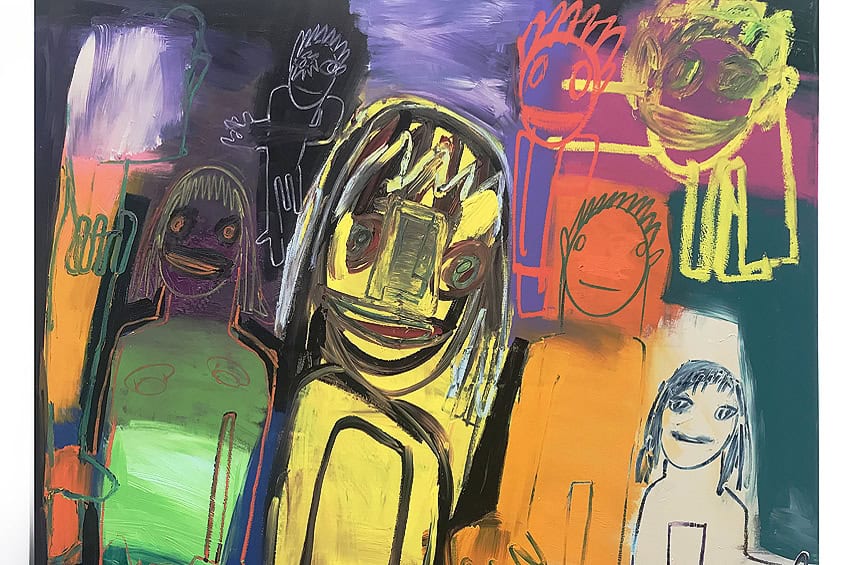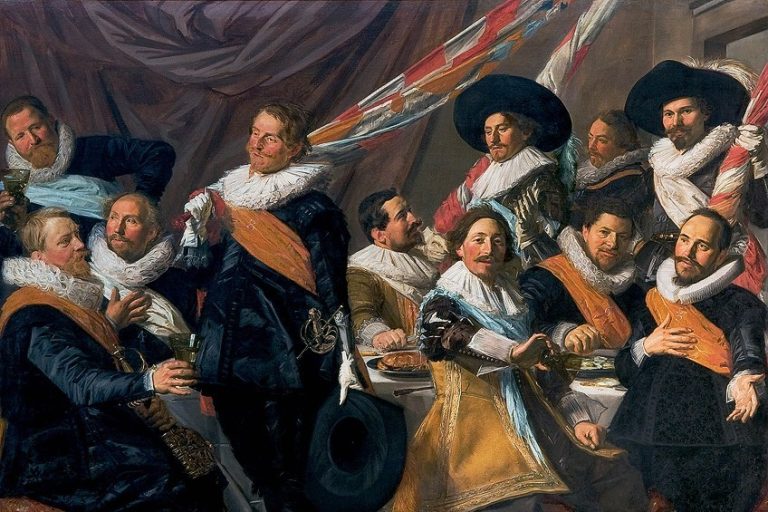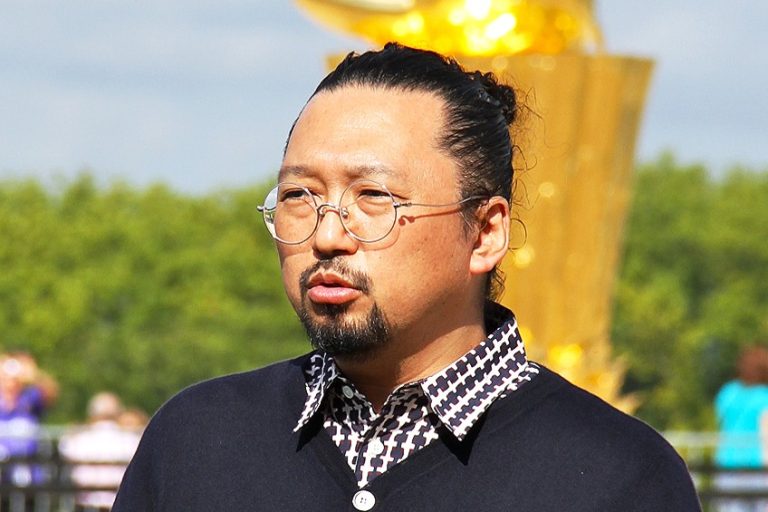Richard Prince – The Cultural Provocateur
Richard Prince is a contemporary American artist known for his provocative and innovative work in appropriation art. Born in 1949 in the Panama Canal Zone, Prince rose to prominence in the 1980s with his rephotography series, where he appropriated and recontextualized images from popular culture, challenging notions of authorship and originality. His art often explores themes of consumerism, celebrity culture, and the commodification of images in society. Prince’s diverse body of work, which includes paintings, photographs, sculptures, and installations, continues to captivate and provoke critical discussion in the contemporary art world.
Key Takeaways
- Richard Prince is an influential artist renowned for redefining concepts of authorship through rephotography.
- His artwork frequently critiques and deconstructs American cultural iconography and consumerism.
- Prince’s controversial techniques have firmly positioned him in art history, with his works exhibited widely and remaining a topic of debate.
The Life of Richard Prince
| Birth | August 6, 1949 |
| Death | Present |
| Place of Birth | Panama Canal Zone, United States |
| Genre of Work | Painting and photography |
Richard Prince is a pivotal figure in the contemporary art world, best known for his rephotography technique, where he appropriates images from advertising, mass media, and entertainment. Born in 1949, Prince came to prominence in the 1970s with his works that questioned the notions of authorship and originality. His artwork, such as the Cowboy series, repurposes existing photographs, typically from advertisements, and re-presents them in new contexts, which has sparked considerable debate and legal scrutiny.
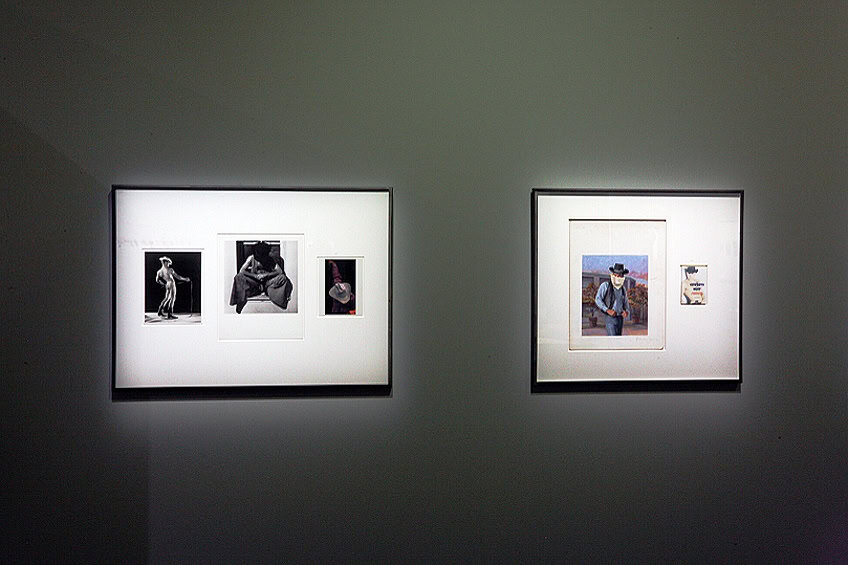
A key strategy in Prince’s approach involves the re-contextualization of images, a practice that challenges traditional views on ownership and copyright. Through his art, he explores and often critiques contemporary cultural symbols and obsessions, including the glamorization of the outlaw figure, the commodification of the American dream, and the fetishization of objects and celebrities.
Despite—or perhaps because of—his controversial methods, Prince has held a significant place in the art world with his works showcased in major exhibitions and commanding high prices on the art market.
Early Years and Education
Richard Prince was born in 1949 in the Panama Canal Zone. His formative years were shaped by his upbringing in a household tied to the Office of Strategic Services. He pursued his education in the arts at Nasson College in Maine, laying the groundwork for his subsequent entry into the creative milieu of New York City.
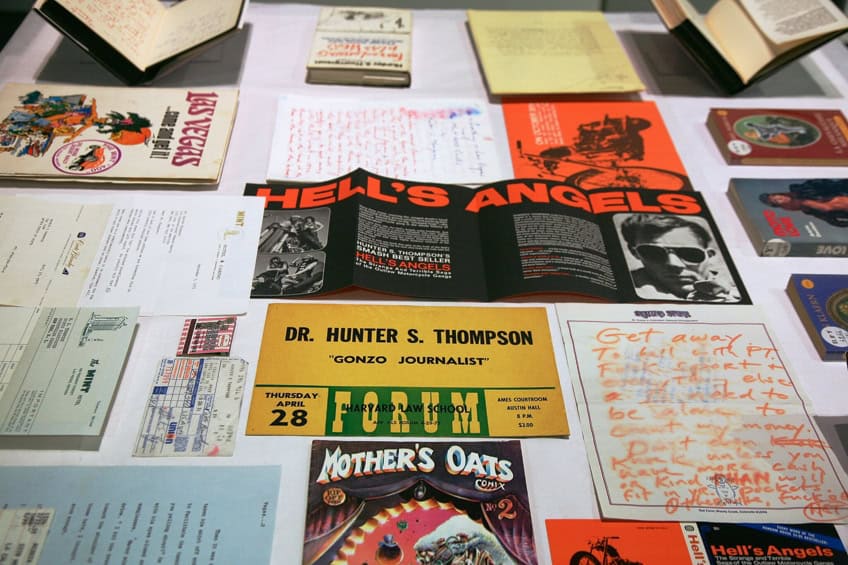
Rise to Fame With the Pictures Generation
Prince moved to New York in 1977, a period when the city became a crucible for artistic movements. By transforming magazine clippings into his art during a stint at Time-Life, he encountered the imagery that would fuel his rise. He emerged as a central figure of the Pictures Generation, a group of artists known for their critical examination of the proliferation of images in media and advertising.
Key works of his include Untitled (Cowboy), a significant rephotograph, commandeering the advertising language of the American West.
Current Career
Prince continues to be an influential figure in contemporary art, challenging notions of authorship and ownership. His work remains ever-present in prominent galleries and museums around the world, and his ability to adapt to the ever-changing landscape of art signifies his lasting relevance.

In recent years, Richard Prince has showcased his artistic prowess through various platforms. In 2023, he held a solo exhibition titled Body at Galerie Max Hetzler in Berlin, Germany, offering viewers a deep dive into his artistic vision. Beyond exhibitions, Prince maintains an influential presence in both the primary and secondary art markets, evident in his consistently high auction results.
This dual success underscores his enduring impact and relevance in the contemporary art scene.
Artistic Practices and Controversies
Richard Prince’s art career has been marked by his innovative, yet controversial use of appropriation in art, with his approach raising legal questions and sparking discourse on the nature of copyright and originality within the contemporary art world.
Appropriation Art and Rephotography
Prince emerged as a central figure in the Appropriation Art movement, not only recontextualizing advertising imagery but also bringing forward questions of authorship and ownership. By rephotographing advertisements, such as those from Marlboro cigarettes featuring cowboys, he challenged the notion of the original in art. His technique can be seen as an evolution of practices used by earlier artists like Andy Warhol, Jeff Koons, Sherrie Levine, Louise Lawler, Barbara Kruger, and Robert Heinecken, who also explored similar themes in their works.
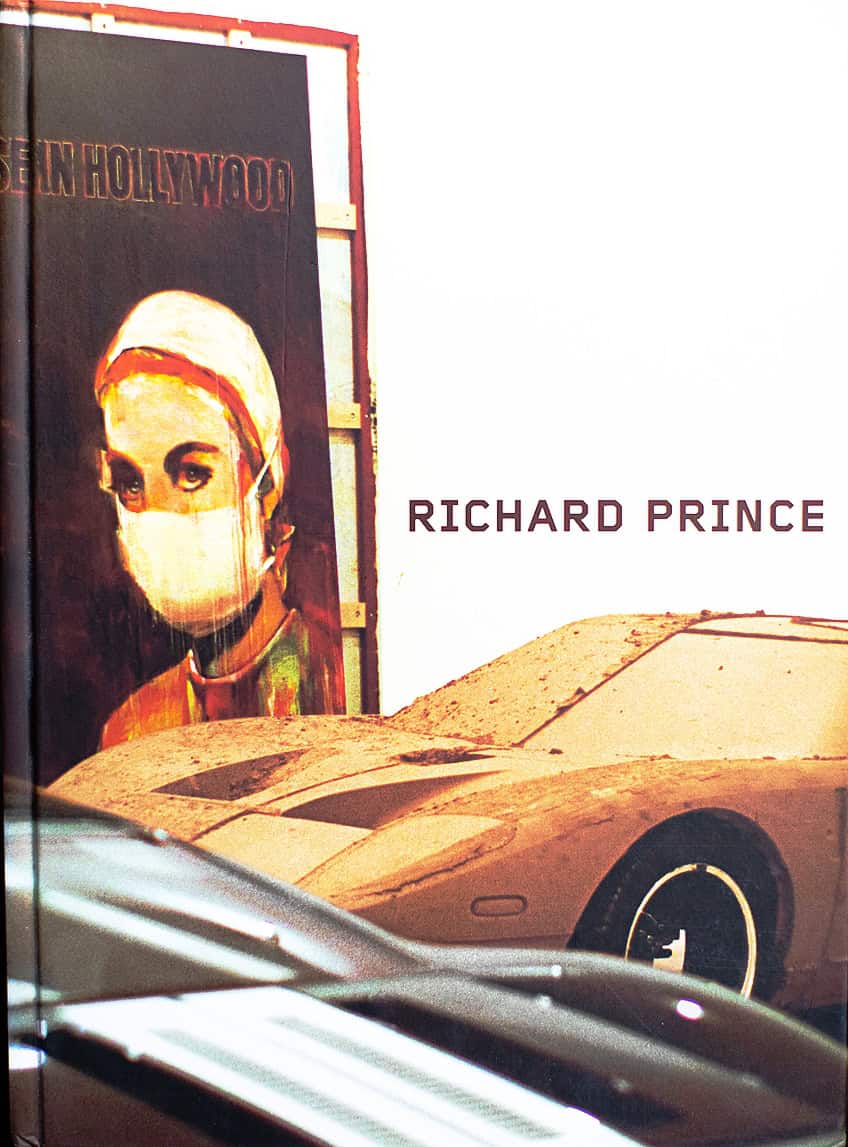
Notable Works and Series
Prince has produced several key series throughout his career which encapsulate his approach to art making:
- Untitled (Cowboy): Perhaps his most iconic series, Prince’s Untitled (Cowboy) works involve rephotographed Marlboro ads, isolating the cowboy figures and presenting them anew, removed from their original commercial context.
- Spiritual America: This controversial series includes rephotographs of existing images, such as the 1983 piece featuring a rephotographed image originally taken by Gary Gross of a young Brooke Shields.
- Canal Zone: The Canal Zone series entailed altered photos from Patrick Cariou’s book, Yes Rasta, which became a focal point for legal scrutiny and discussions about the limits of artistic appropriation.
Legal Battles and the Discourse on Copyright
Prince’s art has not only provoked aesthetic debate but has also been at the heart of significant legal proceedings. The Canal Zone series led to the landmark copyright case, Cariou v. Prince, wherein the court initially deemed Prince’s works as copyright infringement before partly reversing this ruling upon appeal, underscoring the complexity of appropriation art within copyright law. This legal contention underscores an ongoing discourse on the dichotomy of copyright protection and artistic expression.
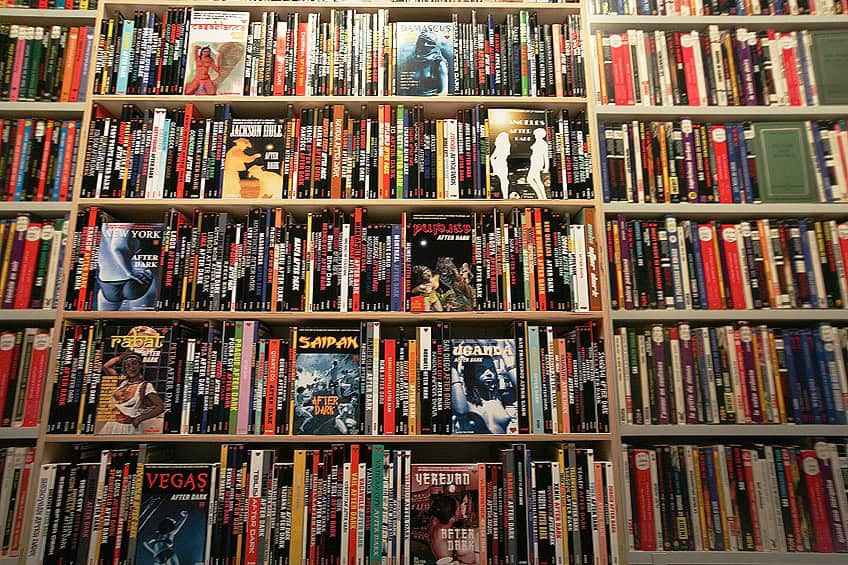
Cultural Influence and Critique
Richard Prince’s artwork operates at the intersection of contemporary art and societal norms, often reflecting and reshaping the dialogue around the influence of mass media on culture.
Impact on Contemporary Art
Richard Prince has been a pivotal figure in the appropriation art movement. Appropriation, the practice of borrowing elements from existing works to create new art, challenges traditional views on originality and authorship. Prince’s techniques have opened conversations within the art community about the boundaries of creation and the reuse of images, particularly from subcultures and popular culture. His works, often displayed in significant institutions like the Solomon R. Guggenheim Museum, have become part of the canon of contemporary art, influencing both peers and emerging artists.

The Role of Mass Media and Popular Culture
Prince’s relationship with mass media and popular culture stands as a core element of his critique and influence. His use of rephotographing advertising images, such as in his renowned Cowboy series, presents a critical commentary on the American zeitgeist and the commodification of ideals. The artist’s engagement with Instagram as a medium further exemplifies his exploration of how contemporary social platforms shape the distribution and consumption of art.
Through his work, Prince investigates how popular narratives from media outlets mold public perception, highlighting the blurred lines between art and advertising.
Exhibitions and Collections
Richard Prince’s work has been showcased in numerous prestigious galleries and museums across the globe. He is known for his thought-provoking pieces that often examine themes of appropriation and the boundaries of authorship. Notably, the Gagosian Gallery has been a significant venue for Prince’s work, with exhibitions such as Hoods, 1988-2013 taking place from May 10 to June 25, 2022, at their West 21st Street location.
- Solo exhibitions: Prince has held several solo exhibitions. His early photography was highlighted in an exhibition focused on the years 1977-87 at the Gagosian’s 522 West 21st Street gallery in New York, which opened on March 9, 2024. Prior to New York, the same collection was presented at the Gagosian’s Davies Street and Grosvenor Hill locations in London in 2023.
- Notable collections: His works are part of permanent collections at revered institutions such as the Whitney Museum of American Art, the Guggenheim Museum, and the Louisiana Museum.
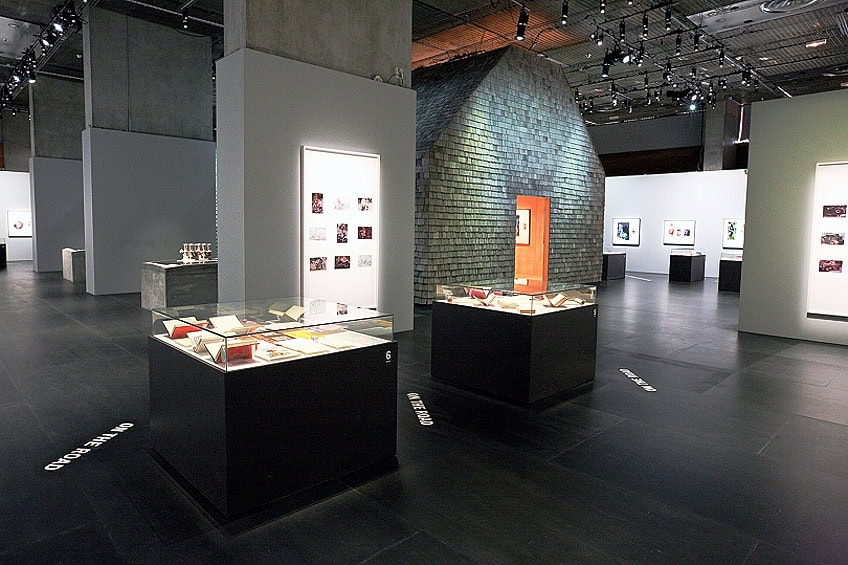
These eminent museums have recognized the influence of Prince’s innovative approach to modern art. By pushing the limits through rephotography and challenging the concept of originality, Prince has cemented his status within the art community. His piece, Untitled (Cowboy), for instance, became a talking point for its appropriation of a photograph by Sam Abell, originally used in a cigarette advertisement. Through these exhibitions and collections, Richard Prince continues to invite debate and engage audiences, securing his position as a pivotal figure in the contemporary art world.
Legacy of Richard Prince Today
Richard Prince remains a significant figure in the contemporary art world. His approach has always challenged traditional notions of authorship and originality, a legacy that continues to influence and provoke. His notorious use of appropriation art critiques the saturation of images in modern culture and re-examines the concept of what constitutes art. Prince’s key influences and practices are evident in his approach to art.
Through appropriation, he re-photographs advertisements, challenging traditional notions of image ownership and forcing a reevaluation of authorship.
Additionally, Prince blurs the boundaries between fine art and commercial imagery, demonstrating how these distinctions can be indistinct and fluid within the contemporary art landscape. His contemporary relevance is manifested in his ongoing commentary on consumer culture, with his work serving as a reflection of and commentary on the evolving landscape of consumerism.

Furthermore, his influence persists, not only through his own evolving body of work, which remains highly sought after by collectors but also through the ongoing dialogue about artistic production and copyright that his strategies helped ignite. He leaves behind a framework for questioning the authenticity and value of images in a media-saturated era.
Richard Prince’s impact on the art world is undeniable, as he has continuously pushed the boundaries of artistic expression and challenged conventional notions of appropriation and originality. Through his diverse and thought-provoking body of work, Prince has left a lasting imprint on contemporary art, inspiring discussions about the nature of authorship, the influence of popular culture, and the commodification of images in society. As his artistic journey continues to evolve, Richard Prince remains a significant figure whose contributions continue to shape and redefine the landscape of modern art.
Frequently Asked Questions
What Is the Concept Behind Richard Prince’s Rephotography Technique?
Richard Prince’s rephotography technique involves taking photographs of existing photographs, often from advertisements, and repurposing them as his own art. This process raises questions about originality and authorship in the art world.
How Has the Marlboro Man Series Influenced Contemporary Art?
The Marlboro Man series by Richard Prince, which recontextualized images from cigarette ads, significantly influenced contemporary art by challenging the notions of appropriation and commercialism. This series brought attention to the idea that the artist’s hand is not required for a work to be original or hold value.
What Type of Artwork Comprises the Girlfriends Collection by Richard Prince?
The Girlfriends collection by Richard Prince consists of appropriated images of biker women from motorcycle magazines. Prince added his own touches through cropping and enlargement to explore themes of fetishization, the male gaze, and cultural stereotypes.
Isabella studied at the University of Cape Town in South Africa and graduated with a Bachelor of Arts majoring in English Literature & Language and Psychology. Throughout her undergraduate years, she took Art History as an additional subject and absolutely loved it. Building on from her art history knowledge that began in high school, art has always been a particular area of fascination for her. From learning about artworks previously unknown to her, or sharpening her existing understanding of specific works, the ability to continue learning within this interesting sphere excites her greatly.
Her focal points of interest in art history encompass profiling specific artists and art movements, as it is these areas where she is able to really dig deep into the rich narrative of the art world. Additionally, she particularly enjoys exploring the different artistic styles of the 20th century, as well as the important impact that female artists have had on the development of art history.
Learn more about Isabella Meyer and the Art in Context Team.
Cite this Article
Isabella, Meyer, “Richard Prince – The Cultural Provocateur.” Art in Context. May 14, 2024. URL: https://artincontext.org/richard-prince/
Meyer, I. (2024, 14 May). Richard Prince – The Cultural Provocateur. Art in Context. https://artincontext.org/richard-prince/
Meyer, Isabella. “Richard Prince – The Cultural Provocateur.” Art in Context, May 14, 2024. https://artincontext.org/richard-prince/.


